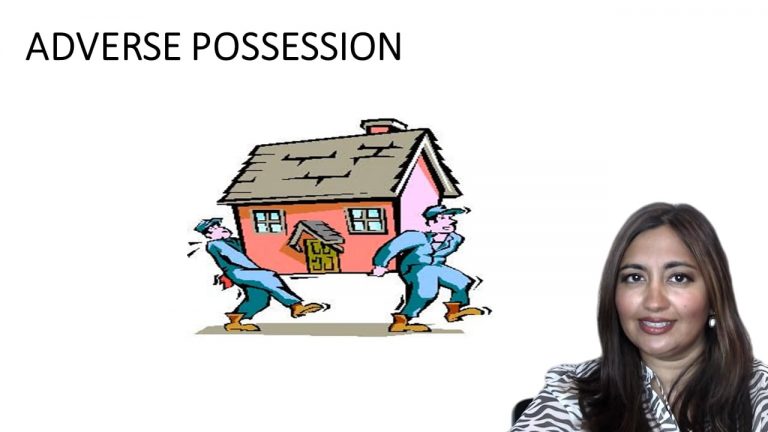SmartBrief
Confirm favorite deletion?
Property Law Keyed to Kurtz
Tapscott v. Cobbs
Citation:
52 Va. (11 Grat.) 172Facts
A man named Thomas Anderson died in 1800. After Anderson’s death, the executors of his estate agreed to sell the land to to one Sarah Lewis. Lewis entered upon the land and remained in possession until her death in 1835. However, the executors of Anderson’s estate also sold the land to one Robert Rives. Furthermore, there is no evidence that Ms. Lewis paid for the land. Therefore, it was questionable at best whether Ms. Lewis actually had title. The plaintiff was Ms. Lewis.’s heir. The defendant subsequently entered into possession of the land in 1842 without any claim or color of title.
Only StudyBuddy Pro offers the complete Case Brief Anatomy*
Access the most important case brief elements for optimal case understanding.
*Case Brief Anatomy includes: Brief Prologue, Complete Case Brief, Brief Epilogue
- The Brief Prologue provides necessary case brief introductory information and includes:
Topic:
Identifies the topic of law and where this case fits within your course outline.Parties:
Identifies the cast of characters involved in the case.Procedural Posture & History:
Shares the case history with how lower courts have ruled on the matter.Case Key Terms, Acts, Doctrines, etc.:
A case specific Legal Term Dictionary.Case Doctrines, Acts, Statutes, Amendments and Treatises:
Identifies and Defines Legal Authority used in this case.
- The Case Brief is the complete case summarized and authored in the traditional Law School I.R.A.C. format. The Pro case brief includes:
Brief Facts:
A Synopsis of the Facts of the case.Rule of Law:
Identifies the Legal Principle the Court used in deciding the case.Facts:
What are the factual circumstances that gave rise to the civil or criminal case? What is the relationship of the Parties that are involved in the case.Issue(s):
Lists the Questions of Law that are raised by the Facts of the case.Holding:
Shares the Court's answer to the legal questions raised in the issue.Concurring / Dissenting Opinions:
Includes valuable concurring or dissenting opinions and their key points.Reasoning and Analysis:
Identifies the chain of argument(s) which led the judges to rule as they did.
- The Brief Prologue closes the case brief with important forward-looking discussion and includes:
Policy:
Identifies the Policy if any that has been established by the case.Court Direction:
Shares where the Court went from here for this case.

 22m 52s
22m 52s